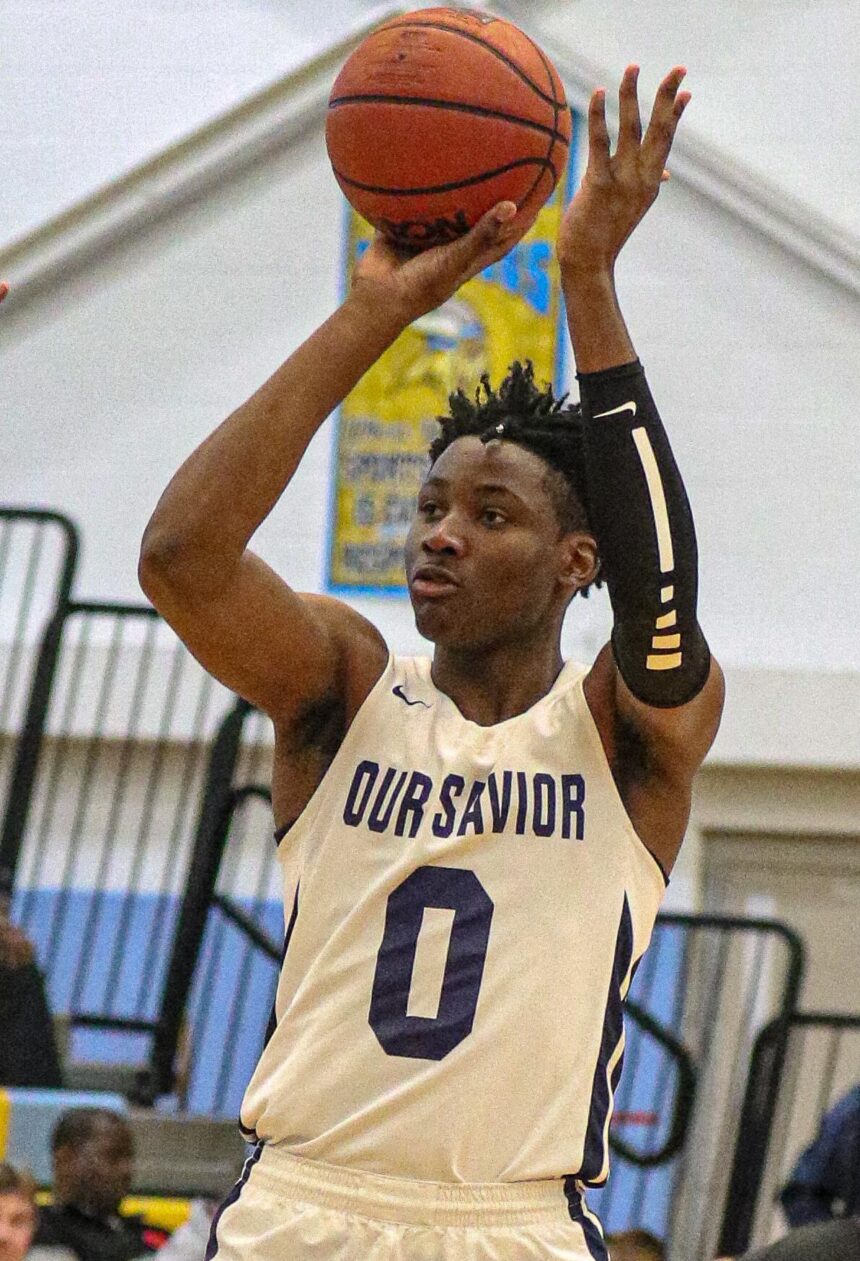As contract negotiations between Jonathan Kuminga and the Golden State Warriors enter a critical phase, both sides face diverging priorities that could shape the franchise’s future. Kuminga, the young forward looking for security and a long-term commitment, stands in contrast to the Warriors’ desire for financial and roster flexibility amid an evolving competitive landscape. With neither party showing clear signs of compromise, the question remains: who will blink first in this high-stakes standoff? This dynamic not only highlights the complexities of modern NBA contract talks but also tests the delicate balance between player assurance and organizational strategy.
Jonathan Kuminga Seeks Long-Term Stability Amid Contract Talks
Jonathan Kuminga is standing at a pivotal crossroads in his budding NBA career. Seeking a contract that offers long-term security, the young forward is pushing for assurances that reflect his rising value and potential within the Golden State Warriors’ system. His camp envisions a deal that not only rewards his current contributions but also safeguards his future earnings, providing stability often elusive for players emerging from rookie contracts. Meanwhile, the Warriors are balancing this ambition against their organizational need for flexibility, wary of committing substantial guaranteed money that could restrict maneuverability in upcoming free agency periods.
The negotiation atmosphere remains tense, with both parties adopting cautious postures. The Warriors emphasize a desire to maintain cap space and roster options, while Kuminga’s representatives push for a structure that reflects the player’s ascending trajectory and upside. Below is a snapshot of the fundamental positions in the ongoing talks:
- Kuminga’s camp: Emphasizes guaranteed years and salary reflecting his role expansion.
- Warriors management: Prioritizes short-term deals or team options to preserve flexibility.
- Market context: Other rising stars recently secured lucrative multi-year extensions.
| Requirement | Player’s View | Team’s View |
|---|---|---|
| Contract Length | 4-5 years guaranteed | 1-2 years + options |
| Annual Salary | Top-tier young forward market | Moderate, tied to cap flexibility |
| Flexibility | Limited; focus on security | High; strategic roster moves |
Golden State Warriors Prioritize Roster Flexibility Over Immediate Commitment
As the Golden State Warriors navigate their offseason strategy, the tension between safeguarding their young star Jonathan Kuminga’s future and maintaining the team’s roster flexibility has become a focal point. Kuminga is reportedly seeking a deal that provides him with financial and roster security, reflecting his desire to solidify his standing within the franchise. On the flip side, the Warriors’ front office is clearly prioritizing adaptability – wanting the freedom to maneuver in free agency and potential trades without being hamstrung by a long-term commitment to a still-developing player.
This strategic tug-of-war underscores a broader philosophy at Golden State, where the front office balances the need to nurture emerging talent with the imperative to stay agile in an ever-shifting NBA landscape. The decision timeline and negotiation posture could greatly influence the team’s shape in the coming years. Key factors in this standoff include:
- Salary cap management to allow for potential marquee signings
- Kuminga’s projected role and expected development trajectory
- Long-term championship aspirations demanding roster depth and flexibility
| Aspect | Kuminga’s Preference | Warriors’ Preference |
|---|---|---|
| Contract Length | Long-term security | Shorter term with options |
| Salary | Guaranteed maximum | Structured, performance-based |
| Roster Role | Consistent, significant minutes | Flexible, situational deployment |
Balancing Player Security and Team Strategy Key to Resolving Standoff
At the heart of the ongoing negotiation lies a delicate balance between player security and the Warriors’ need for roster flexibility. Jonathan Kuminga is seeking a contract that reflects his rising value and provides long-term financial assurance. Meanwhile, Golden State aims to maintain cap maneuverability, crucial for pursuing other key targets and sustaining a competitive edge. This standoff highlights the broader challenge teams face in today’s NBA landscape – reconciling individual ambitions with organizational strategy without compromising either.
Both sides are weighing critical factors as they consider concessions:
- Kuminga: A contract that rewards potential and secures his future amid uncertainties.
- Warriors: Maximizing financial flexibility to accommodate star players and future signings.
- Market Dynamics: How other team offers and league-wide salary trends influence leverage.
- Timing: The urgency to resolve before free agency shifts focus and momentum.
| Factor | Kuminga’s Position | Warriors’ Position |
|---|---|---|
| Contract Length | Long-term stability | Shorter deals preferred |
| Financial Terms | Maximize current value | Cap space conservation |
| Team Role | Core contributor | Flexibility in rotations |
| Market Influence | Leverage rising offers | Manage market competition |
Wrapping Up
As the standoff between Jonathan Kuminga and the Golden State Warriors persists, both parties face difficult choices ahead. Kuminga’s desire for long-term security contrasts sharply with the Warriors’ emphasis on maintaining roster flexibility, a balancing act that speaks to broader challenges within the NBA’s evolving financial landscape. Ultimately, the question remains: who will blink first in this tug-of-war? The resolution will not only shape Kuminga’s future but may also signal the Warriors’ strategic approach as they strive to remain competitive in a rapidly changing league.














